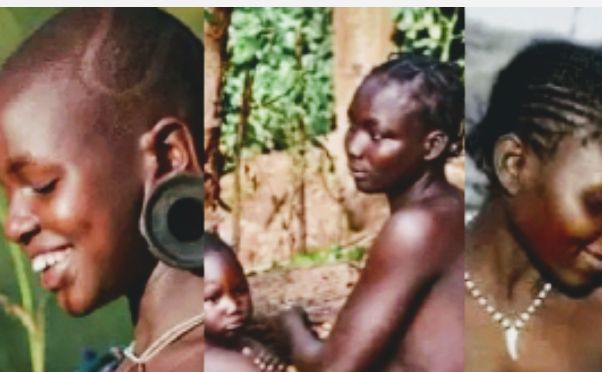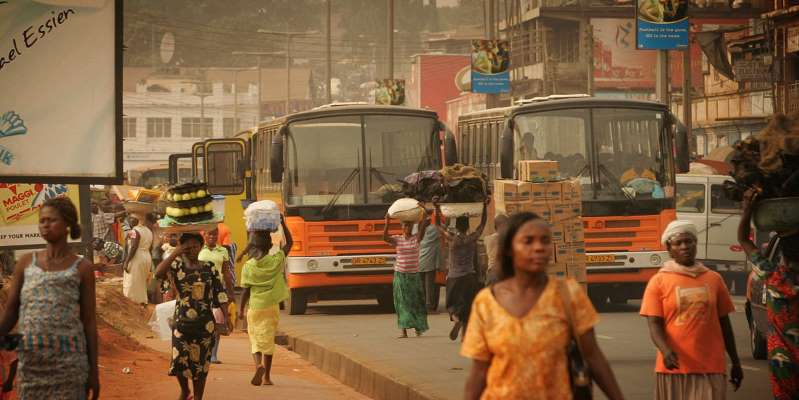Where people still walk naked by wearing only leaves – find out why


Koma people live on the slopes of the Alantika Mountains in Nigeria’s Northern Adamawa State and in Northern Cameroon’s Faro National Park, which is on the southwestern side of the line with Adamawa State.

The people who call themselves Koma have been hiding in their mountain for a long time, but it wasn’t until 1986 that a corps member found them. The Koma tribe lived in Nigeria, and people thought of them as rude, naked, backwards people who didn’t believe in anything.
In 1985, a corps member from the Nigerian paper Gongola State Of Northern Nigeria looked at them. In July 2010, The Spectator found out about it. In 1961, it was decided that they were Nigerians, and they now have 17 towns on the Nigerian side. After a long time, the people of Koma have found a way to live outside of the progress of modern humans. Covered up in these slopes, they move around transparently uncovered or close to being exposed in leaves and underpants. They use a fire made of rocks to cook. Is it that strange?
Most people who live on the Koma incline grow, hunt, and gather things from the forest like bananas, grasshopper beans, and canarium, which is used to make body oil. From Fulani, Bata, Chamba, and other families in the marshes, they buy tools for making things and unique clothes that men wear on special occasions.

When boys and girls turn 14 and 17, respectively, they start to go through pubescence (circumcision for young fellows and extraction of two of the incisors for young women). They are then not allowed to talk to each other before telling their people about their wedding plans and comparing how token gifts, a farm, or a nursery plot works. When he can, the man pays the woman of great importance’s price with goats, chickens, and around two naira in symbolic money. This might sound strange and unbelievable, but they love the way they live.

The Koma people believe in a higher being named Zum or Nu. There is no doubt that some international NGOs are working with the organizations to help save the Koma culture and move the movement business forward.





